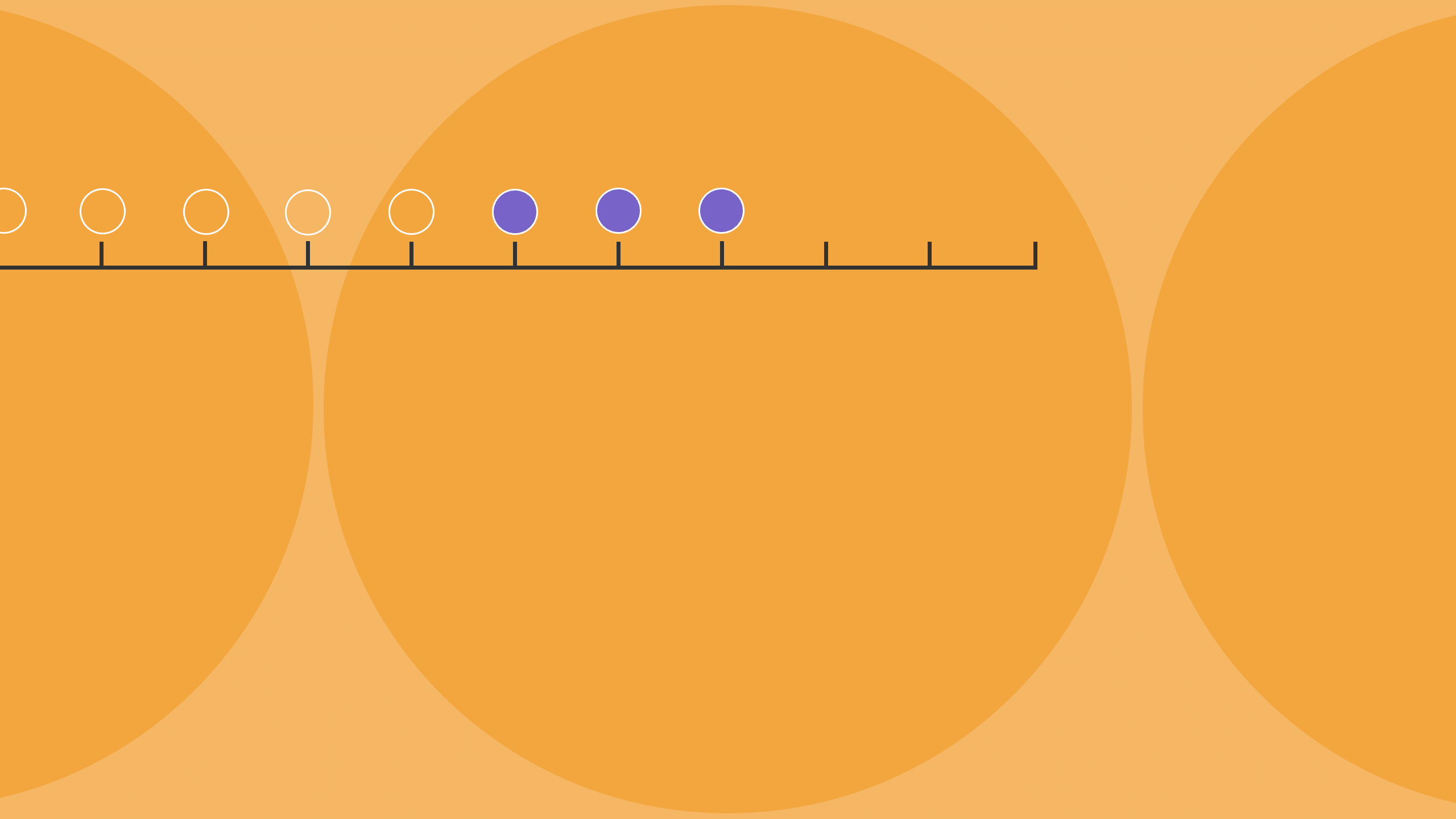Need help implementing your CX goals?
Our industry knowledge and experience are at your service. Contact CX by Design for a free 30-minute session and take the first step towards a thriving future!

edit Lis Hubert
event 01/13/2025
pace 4 mins
Learn how business process metrics tie into the customer experience. This article, the third in our CX metrics series, gives examples of key process metrics and explains what they can tell you about the efficiency of your business.
What are process metrics, and what can they tell you about efficiency? And how does this all impact your customer experience? Now that we’ve discussed sales metrics and their effect on CX, we’ll focus on business process metrics and answer these questions.
First up, what is a process metric? As you might guess, it’s a metric that measures a business process (or one part of a process). For example, suppose you want to understand the efficiency of your shipping department. You might look at shipping transit times, order fulfillment times, number of delays, and number of repeat vs. first-time shipments.
As to why you should care about process metrics – well, that’s pretty self-explanatory. These metrics (also called key performance indicators, or KPIs) allow you to track and measure the various parts of your organization. You can see which areas need improvement and which are running smoothly. This will help you direct your time (and money) most effectively. So, let’s examine some of the key process metrics and their tie to customer experience.

Before we consider our selected process metrics, let’s touch on the wide variety of KPIs available to the business world.
If you can think of a business process, there’s probably a way to benchmark and measure it. And while some metrics can be used by just about any organization that wants to monitor their efficiency, others are limited to one industry or one vertical.
For those reasons, we won’t be making an extensive list of possible business metrics. Instead, we’ll focus on the ones that have been most useful to our clients.
While COGS is widely used to calculate the amount of money it takes to produce a physical product, the cost of sales (COS) is much more comprehensive. To understand how to calculate the cost of sales, you first need to understand which direct and indirect expenses apply to your product or service.
Examples of COS direct expenses are very similar to those for COGS, including:
Examples of indirect expenses include:
The formula to calculate the cost of sales is simple: Add the indirect expenses, which will be different depending on your business and the goods/services you’re selling, to the Cost of Goods Sold.

Business process metrics have a direct correlation to understanding the customer experience; they highlight convoluted and inefficient areas that can drag your CX down. Who hasn’t chafed at slow order fulfillment times, incorrect orders, or defective products?
Analyzing the examples of process metrics included in this article will help you streamline the inner workings of your organization, which makes it easier to delight your customers. And, of course, these metrics are also essential to gauging the financial performance and overall health of your company.
Next week, we’ll talk about another important set of metrics and their effect on the customer experience. Join us as we delve into the fascinating world of usability metrics!
Our industry knowledge and experience are at your service. Contact CX by Design for a free 30-minute session and take the first step towards a thriving future!

Want to help your company thrive using the principles of human-centered design? Our FREE 30-minute introductory session will get you on the right path!
Schedule your free consultation